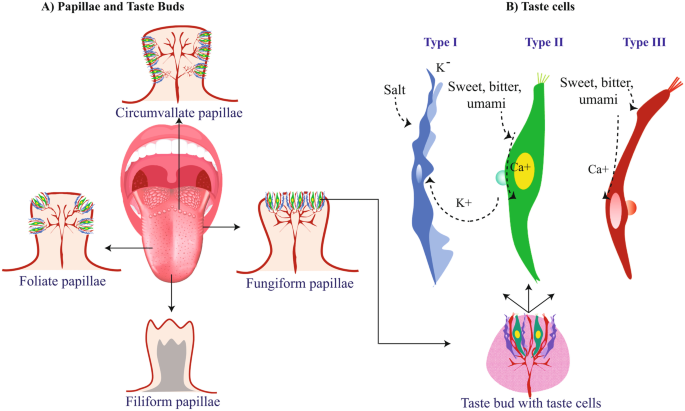- Empty cart.
- Continue Shopping
The Science Behind Taste Perception

Taste perception is a fundamental aspect of our sensory experience, influencing our dietary choices and preferences. This intricate process is guided by a combination of physiological and neurological mechanisms.
Taste Buds: The Taste Receptors
The primary players in taste perception are the taste buds, specialized sensory organs located on the tongue and within the oral cavity. Each taste bud contains clusters of taste receptor cells that are sensitive to different taste qualities: sweet, sour, salty, bitter, and umami.
Taste Categories: Sweet, Sour, Salty, Bitter, Umami
- Sweet: Sweetness is typically associated with sugars and is perceived when molecules from sweet substances bind to receptors on the taste buds. This sensation signals the presence of carbohydrates and often indicates a source of energy.
- Sour: Sourness is linked to the presence of acids in foods. When acidic compounds come into contact with taste buds, they trigger a sour taste perception. This can range from the tartness of citrus fruits to the acidity of vinegar.
- Salty: Saltiness is detected when sodium ions in salt compounds come into contact with taste buds. This taste is crucial for our body’s electrolyte balance and is associated with essential minerals.
- Bitter: Bitterness is often associated with potentially harmful substances, like certain alkaloids found in plants. This taste is believed to have evolved as a defense mechanism against ingesting toxins.
- Umami: Umami, often described as savory or meaty, is attributed to the presence of glutamate, an amino acid commonly found in foods like meat, mushrooms, and aged cheeses. Umami enhances the overall flavor of a dish.
Taste Perception and the Brain
Once taste receptors on the tongue detect specific molecules, they send signals to the brain via the nervous system. These signals are transmitted to the gustatory cortex, a region in the brain responsible for processing taste information. Additionally, the olfactory system, which involves our sense of smell, plays a significant role in taste perception. The combination of taste and smell creates the complex flavor profiles we experience when eating.
The Role of Olfaction
Our sense of smell greatly influences taste perception. Aromas released by food are detected by olfactory receptors in the nasal passages. This information is then integrated with taste signals in the brain, allowing us to perceive a wider range of flavors and enhancing our overall culinary experience.
Individual Differences in Taste Perception
Taste perception is not uniform across individuals. Genetic factors can influence our sensitivity to different tastes. For example, some people may be more sensitive to bitter compounds, while others may have a heightened preference for sweetness. These variations can impact individual food preferences and dietary choices.
Adaptation and Habituation
Taste perception can adapt over time. Regular exposure to certain tastes can lead to habituation, where the intensity of a taste is perceived as less pronounced. This phenomenon plays a role in our dietary habits and preferences.
Age-Related Changes in Taste Perception
As individuals age, there can be alterations in taste perception. Older adults may experience a decrease in taste sensitivity, particularly to sweet and salty tastes. This can influence their dietary choices and nutritional intake.
Conclusion
Taste perception is a multifaceted process that combines the senses of taste and smell to create the flavors we experience when consuming food. Understanding the science behind taste perception provides valuable insights into our dietary preferences and behaviors. It also highlights the importance of a balanced and varied diet to cater to our individual taste sensitivities and preferences.








